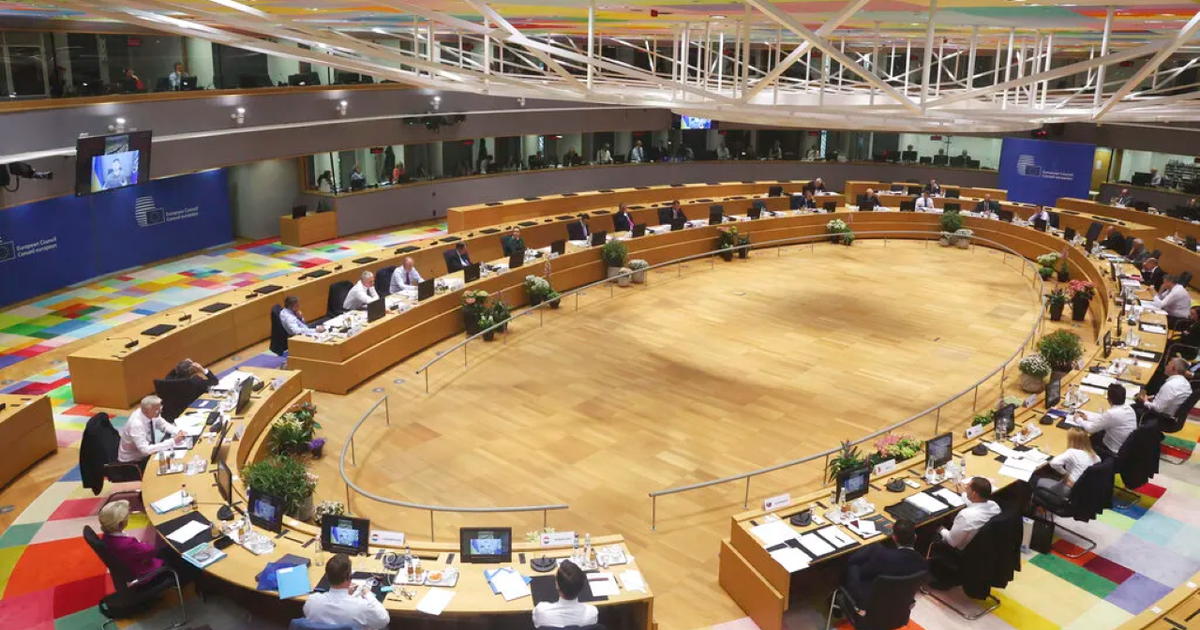© Getty Images/iStockphoto / Nuclear_lily/iStockphoto
food packaging have to meet a number of requirements. What’s in it should stay fresh and tasty. What you see on it should be as appealing and informative as possible. What happens to it as soon as the packaging is opened should be as environmentally friendly as possible. In the best case it will recycle as much of it as possibleto within the meaning of circular economy to conserve resources.
The international research project funded by the European Cooperation in Science and Technology (COST). Circul-A-Bility examines how sustainable food packaging be adopted by companies and consumers and how to use theirs increase distribution can. The University of Applied Sciences Campus Vienna took over the management of a subdivision.
10 percent of the footprint
“On average, the packaging contributes 10 percent ecological footprint of a product at,” says Victoria Krauter, head of Competence Center for Sustainable and Future Oriented Packaging Solutions the Vienna University of Applied Sciences campus. “So far, only a few details about packaging have emerged in research, although they have an important function.” The research situation is to be comprehensively improved in the Circul-A-Bility project 200 scientists from 34 countries – mostly European countries are involved, but also, for example, South Africa, New Zealand and Nigeria – create a network that should work together to develop ways to make packaging more sustainable.
More material in the Easter egg
According to Krauter, there is still little reliable knowledge about what indirect environmental influences have packaging. “How much waste does packaging avoid because it protects your food? How do you manage to design packaging in such a way that it can be packed as densely as possible in order to avoid greenhouse gas emissions during transport? What happens to the packaging of packaging, for example on transport pallets?” In order to answer questions like these, the energetic student support from the bachelor’s degree Sustainable packaging technology, Sustainable resource management and Masterstudium Packaging Technology and Sustainability used.
Students are currently trying to find out how seasonal packaging – for example at Christmas or at Easter – have an impact on the ecological footprint of products: “How much more material do you need, for example, if 12 chocolates are suddenly packaged in the shape of a star or an Easter egg instead of in a cuboid?” Packaging for cereals and confectionery are the focus of the FH Campus Wien, because they are in charge of exactly that working group in the project. Other groups deal with things like fruit and vegetables, meat and fish or dairy products.
appearance and fact
The project as a whole is running 4 yearscurrently you are about at the halftime, explains Krauter. In the current phase, one focus is on determining how companies approach innovation processes in packaging. “We have often seen that these processes are not clearly structured. The brainstorming could be improved and support companies in the implementation“, says Krauter. It is also important to recognize which factors prevent companies from using more sustainable packaging. “Investing in new machines is often a stumbling block. They are huge and expensive. You have to be sure that a new one material can actually be processed with a specific machine.”
A second current focus is the perspective of consumers. “For example, we looked at the difference between breakfast cereals that are either packed in a carton and a plastic bag inside, and those that just come in a plastic bag.” On the one hand, the first variant would have two materials that can easily be recycled separately. On the other hand, this means that the packaging weighs more overall, and the plastic bag alone has a smaller carbon footprint but the cardboard seems more sustainable.
Four point matrix
According to Krauter, there is no general recipe for sustainable packaging. Each food has different requirements. In any case, a four-point matrix applies: packaging must efficient in other words, do their job well, transporting food and you have to be able to open them easily. Besides, she should efficient be, i.e. consist of as little material as possible. she should secure be for people and the environment and last but not least recyclable.
Semester challenge with partner companies
Each year, as part of the Circul-A-Bility project, a conference held, where project partners and students as well as companies from the packaging industry come together to exchange ideas. The FH Campus Wien also organizes one for students Training School. This year it will take place in Crete. “Among other things, we will do a store check there and buy products in different packaging. Together with the students, we will analyze how recyclable they really are and develop concepts on how to improve recyclability.”
In the Sustainable Packaging Technology bachelor’s degree, students regularly demonstrate their knowledge of circular packaging and resource conservation. In the Semesterchallenge in cooperation with (brand) article manufacturers and companies in the packaging industry – this year, for example, the confectionery manufacturer Manner – practical solutions are created. “In the past, great ideas have already come out of the challenge,” says Krauter. A packaging for the watch manufacturer wood core be for the State Prize for Smart Packaging been nominated.
This article was created as part of a cooperation between futurezone and FH Campus Wien.

